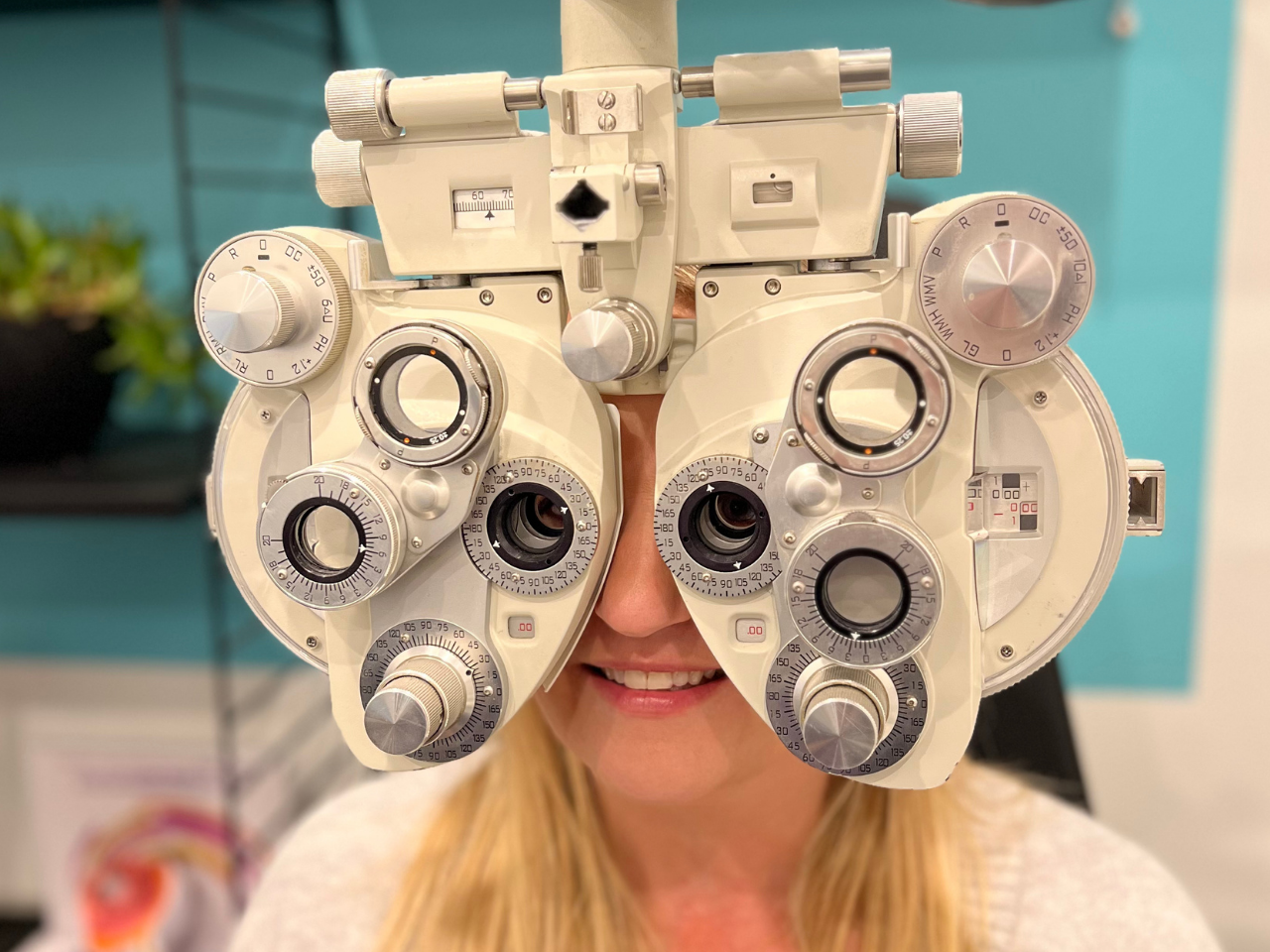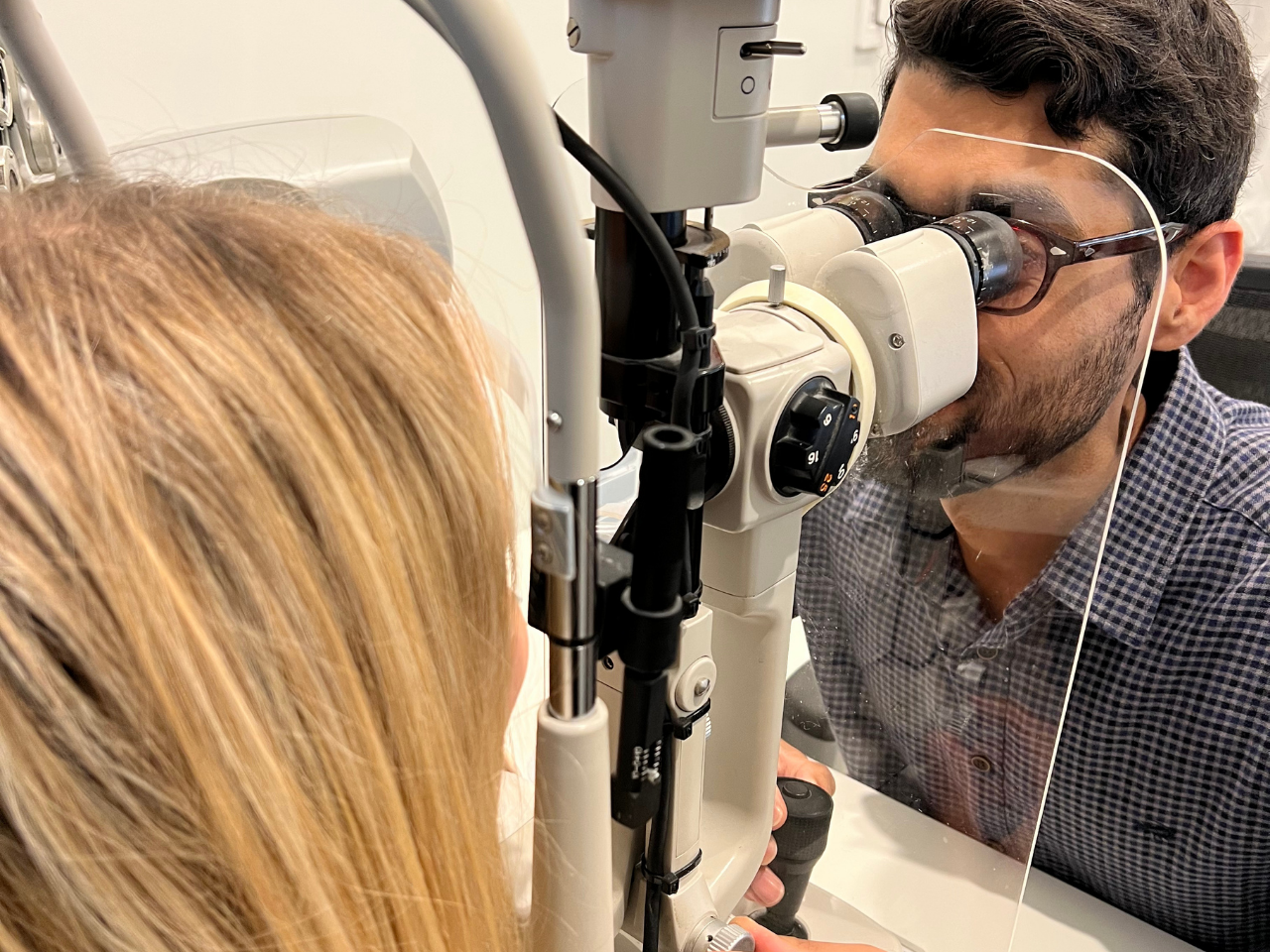Your eyes do a lot of heavy lifting and when something feels off, it’s worth paying attention. At Parker & Co, we understand how even small changes in vision or comfort can impact daily life. That’s why Jas, our head Optometrist, brings not only clinical precision but a genuine, long-term commitment to your eye health.
Below, you’ll find a guide to some of the most common eye concerns we see - what they are, where they come from, and how they can be treated. Whether it's dry eyes, sudden floaters, or a change in clarity, we’ll help you understand what’s going on and what to do next.

A gradual or sudden loss of clarity should never be ignored. Whether it's distance or close-up, we’ll help determine the cause and provide tailored treatment.
Ongoing headaches can sometimes be linked to vision changes or eye strain. Jas will assess whether your eyes are contributing to the issue.
If your eyes feel fatigued after screen use or reading, it could point to dry eyes or another underlying concern. We offer advanced assessments to restore comfort.
Inflammation, allergies, or infections can lead to sore, red eyes. Jas is therapeutically endorsed to prescribe the right treatment to get your eyes back on track.
These symptoms may be signs of retinal detachment or other serious conditions. If you notice sudden flashes or increased floaters, book an urgent appointment.
A common condition that can impact comfort and vision. We use the latest techniques to diagnose and treat dry eyes with personalised care.

If the symptoms of any of the following conditions sound familiar, it may be time for a closer look.
What is it?
Short-sightedness causes distant objects to appear blurry, while near vision remains clear. Typically beginning during childhood, and can continue to progress into early adulthood.
Where does it come from?
Myopia occurs when the eye grows too long or the cornea is too curved, causing light to focus in front of the retina.
How do I fix it and what will happen in the future?
Glasses and contact lenses are the most common and effective options. Prescription sunglasses are also available. Depending on your prescription, you may only need glasses for certain tasks or full-time wear. Most people’s eyes stabilise in their late teens or early 20s. Glasses won’t make myopia better or worse - they simply provide clear, comfortable vision.
What is it?
Long-sightedness can make it difficult to focus up close and may lead to tired eyes, headaches, and trouble concentrating. It’s common to feel more strain when reading or using a computer.
Where does it come from?
The eye is often slightly shorter than normal, meaning it has to work harder to focus, even when looking into the distance. Many people are born long-sighted, and for some, it persists into adulthood.
How do I fix it and what will happen in the future?
Glasses or contact lenses can correct hyperopia easily. You may need them only occasionally or for full-time wear, depending on the severity. Eyes can continue to change with age, but this is mostly dependent on how long-sighted you are and your age. Wearing glasses doesn’t affect this progression.
What is it?
Around our mid-40s, many of us start to notice that reading becomes harder, especially in dim light or with small print. Holding reading material further away becomes a familiar habit. This is called presbyopia, and it’s a natural part of ageing.
Where does it come from?
The lens inside the eye gradually loses flexibility, making it harder to focus up close. Distance vision typically stays the same.
How do I fix it and what will happen in the future?
Reading glasses (including bifocal or graduated lenses) are a common solution. Contact lenses are also an option and continue to improve in comfort and performance. Presbyopia usually stops changing by our early to mid-50s. Glasses won’t make the condition worse - they’ll just help you see more comfortably.
What is it?
Astigmatism is caused by an irregularly shaped cornea, which distorts the way light enters the eye. This results in blurred vision at all distances, and symptoms often include tired eyes, headaches, or discomfort, particularly after screen use.
Where does it come from?
Most people are born with astigmatism, and it often becomes more noticeable over time as the eye’s ability to compensate lessens.
How do I fix it and what will happen in the future?
Glasses are the most common correction, but contact lenses are also effective, depending on your prescription and preferences. Astigmatism doesn’t usually get significantly worse, but you may become more aware of it with age.
With therapeutic endorsement and a deep understanding of both common and complex conditions, Jas brings clarity and calm to every consultation. Whether you need a fresh prescription, support with eye discomfort, or treatment for something more serious, you can count on us for care that’s both thorough and tailored to you.
Book your appointment online or visit us at 9 Teed St, Newmarket.
We look forward to looking after your eyes with the expert attention they deserve.